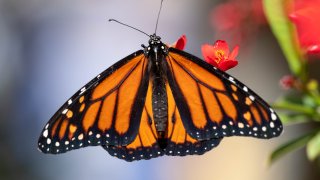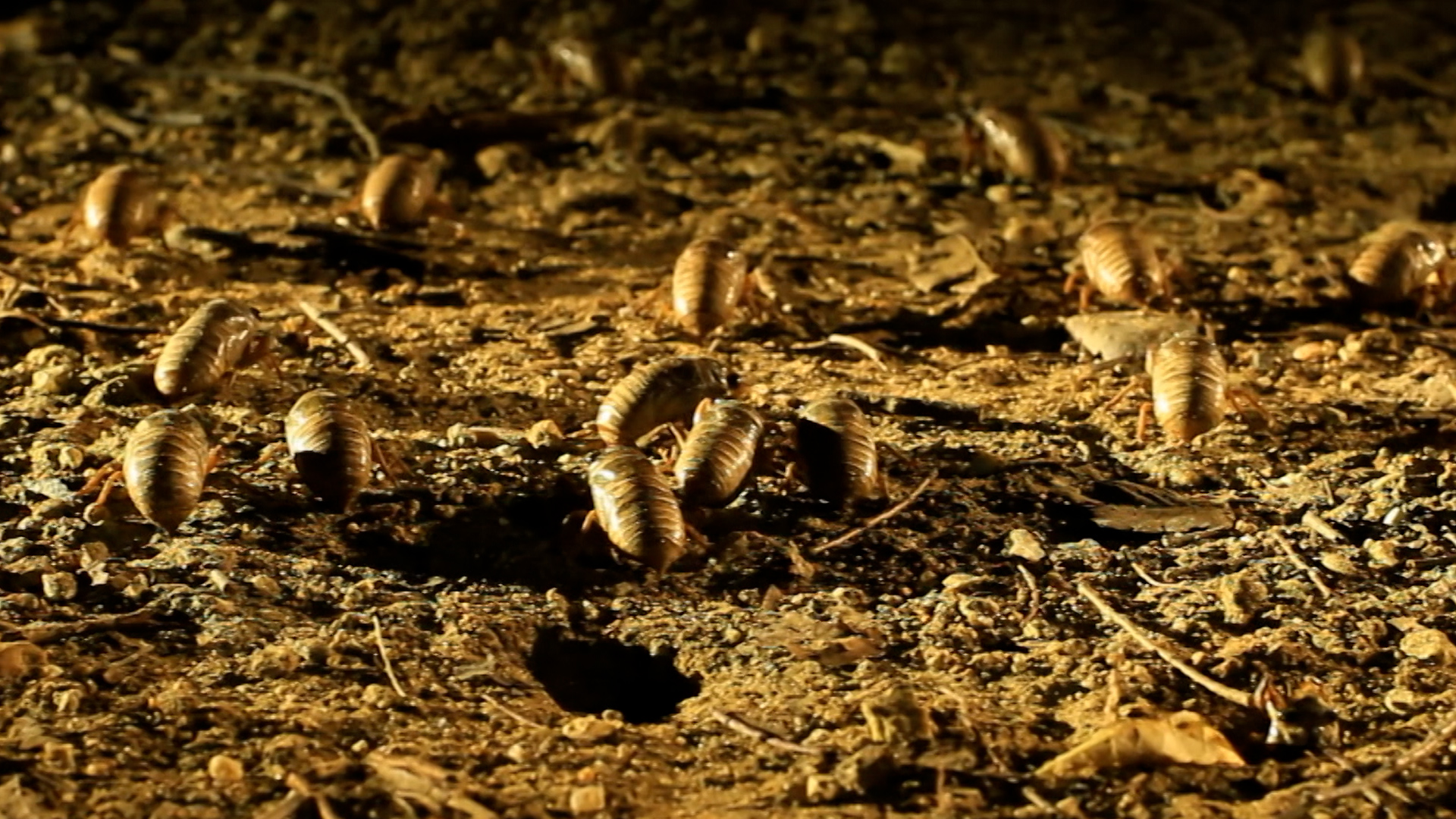
As the monarch butterfly fluttered a step closer to extinction Thursday, many wondered what they can do to help.
According to experts in Chicago, residents in the area can plant a number of helpful plants for monarch butterflies to aid them as they grow and even as they migrate in the coming months.
Dr. Doug Taron, chief curator of the Chicago Academy of Sciences at the Peggy Notebaert Nature Museum, said those looking to aid the monarch butterfly population can plant milkweed for caterpillars to eat or plant things like black-eyed susans or asters.
"There are things you can do planting in your yard to help monarchs. One is to plant milkweed for the caterpillars to eat, but it's equally important to plant good nectar resources for the adult butterflies," Taron said.
Feeling out of the loop? We'll catch you up on the Chicago news you need to know. Sign up for the weekly Chicago Catch-Up newsletter here.
"Nectar sources that are going to be in bloom at this time of year, things like black-eyed susans, are really good," Taron added.
In the Chicago area, the monarchs are set for their great migration at the end of August and on into mid-September. For people looking to help monarchs during that time, plants like asters are a good resources.
Scientists this week put the iconic orange-and-black insect on the endangered list because of its fast dwindling numbers.
Local
“It’s just a devastating decline,” said Stuart Pimm, an ecologist at Duke University who was not involved in the new listing. “This is one of the most recognizable butterflies in the world.”
The International Union for the Conservation of Nature added the migrating monarch butterfly for the first time to its “red list” of threatened species and categorized it as "endangered" — two steps from extinct.
The group estimates that the population of monarch butterflies in North America has declined between 22% and 72% over 10 years, depending on the measurement method.
“What we’re worried about is the rate of decline,” said Nick Haddad, a conservation biologist at Michigan State University. “It’s very easy to imagine how very quickly this butterfly could become even more imperiled.”
Haddad, who was not directly involved in the listing, estimates that the population of monarch butterflies he studies in the eastern United States has declined between 85% and 95% since the 1990s.
Taron said "a number of things" could be behind the declining number of monarch butterflies.
"It's not any one thing," Taron said. "A change in agricultural practices that started in the late-1990s decreased the amount of milkweed that was available for caterpillars and there seems to be some problems with climate change decreasing the ability of the monarch to breed efficiently."
Taron noted, however, that monarch populations got off to a slow start this year but have since been "picking up" in the last week or two.
"We're starting to see more of them," he said, adding that the "situation here in Illinois is perhaps a little less dire" than other parts of the country.
In North America, millions of monarch butterflies undertake the longest migration of any insect species known to science.
After wintering in the mountains of central Mexico, the butterflies migrate to the north, breeding multiple generations along the way for thousands of miles. The offspring that reach southern Canada then begin the trip back to Mexico at the end of summer.
“It’s a true spectacle and incites such awe,” said Anna Walker, a conservation biologist at New Mexico BioPark Society, who was involved in determining the new listing.
A smaller group spends winters in coastal California, then disperses in spring and summer across several states west of the Rocky Mountains. This population has seen an even more precipitous decline than the eastern monarchs, although there was a small bounce back last winter.
Emma Pelton of the nonprofit Xerces Society, which monitors the western butterflies, said the butterflies are imperiled by loss of habitat and increased use of herbicides and pesticides for agriculture, as well as climate change.
“There are things people can do to help,” she said, including planting milkweed, a plant that the caterpillars depend upon.
Nonmigratory monarch butterflies in Central and South America were not designated as endangered.
The United States has not listed monarch butterflies under the Endangered Species Act, but several environmental groups believe it should be listed.
The international union also announced new estimates for the global population of tigers, which are 40% higher than the most recent estimates from 2015.
The new figures, of between 3,726 and 5,578 wild tigers worldwide, reflect better methods for counting tigers and, potentially, an increase in their overall numbers, said Dale Miquelle, coordinator for the nonprofit Wildlife Conservation Society’s tiger program.
In the past decade, tiger populations have increased in Nepal, northern China and perhaps in India, while tigers have disappeared entirely from Cambodia, Laos and Vietnam, said Miquelle. They remain designated as endangered.



